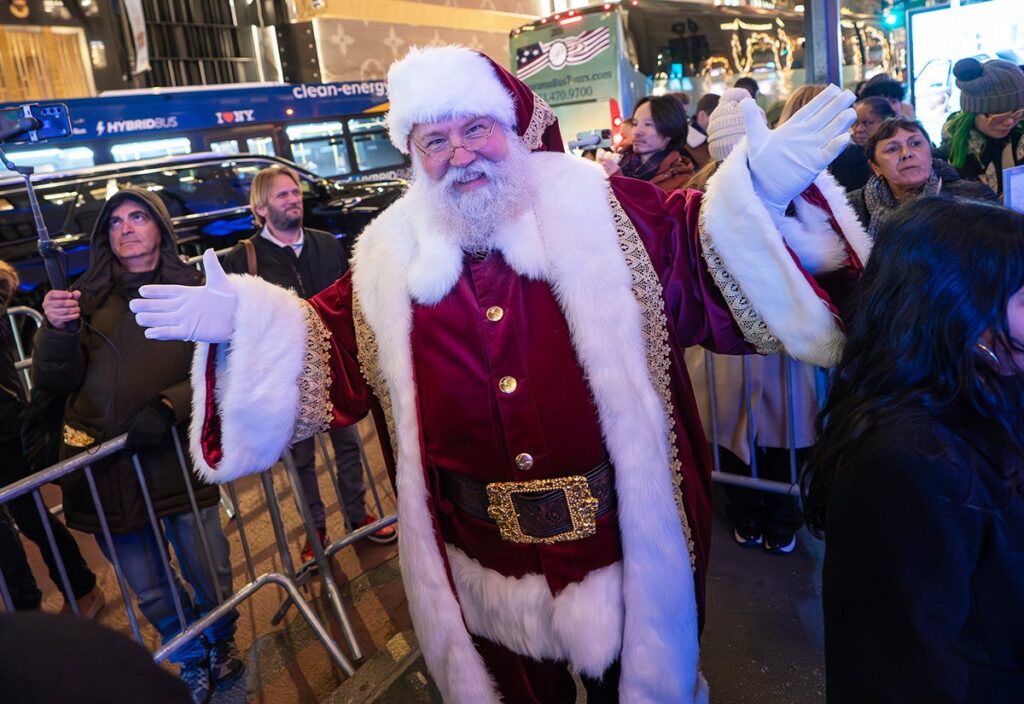You wouldn’t be far off to say that Will Keith Kellogg was lucky to be the dumb one in his family. His brother, Dr. John Harvey Kellogg, was the superintendent of the famed Battle Creek Sanitarium when in the late 19th century he took his younger brother Will on as the hospital’s business manager. Even Dr. John’s best friends must have looked a little askance at this act of nepotism, given that young Will’s education hadn’t gone past the sixth grade. In point of fact, his previous employer was his father, for whom he’d worked as a broom salesman since the tender age of 14. History doesn’t reveal what kind of broom salesman young Will was, but you have to suspect that if he’d been any good we’d all be slurping porridge for breakfast and sweeping the porch with a Kellogg’s broom!
The sanitarium itself stressed exercise and a healthy diet. Will, or “WK” as he came to be known, assisted his more learned brother in inventing grain-based food products for the diets of the hospital’s many patients.
Among their creations was a granola-type product made with cooked wheat, forced through rollers and processed into long sheets of dough. One day in 1894, after cooking the wheat for their recipe, the two brothers were called away. By the time they returned, the cooked or tempered wheat had turned stale. On one of history’s fortuitous whims, they decided to force the grain through the rollers anyhow. The two were surprised to discover that instead of coming out in long sheets as it always had in the past, every wheat berry came out flattened into its own thin flake. After baking the flakes, the two realized — much to their delight — that they had stumbled on a whole new type of food.
The patients at the hospital loved the new cereal product, and became so loyal that WK began receiving mail orders from former guests and their friends who wanted the cereal for home consumption. Dr. John had absolutely no intention of leaving his beloved hospital and medical practice for a task as mundane as the production of breakfast cereal, so it fell to WK to set up a manufacturing facility to produce the flakes in bulk. By 1906, Kellogg’s Corn Flakes had become widely available to the public, launched through the power of the first cereal promotion in history, a premium gift with purchase.
“The Funny Jungleland Moving Pictures Book” featured drawings of an elephant, a giraffe, a lion and an alligator. The drawings were formatted so children could interpose the head of one animal onto the body of another and the legs of a third. Kellogg produced eight carloads of the books and delivered them to grocers with their orders. Grocers, in turn, gave one book to every consumer buying two boxes of Kellogg’s Corn Flakes. This simple little premium promotion would prove to be the backbone of Kellogg’s marketing for the next 23 years.
In 1909, Kellogg’s changed the book promotion from an in-store giveaway to a premium mail-in offer. Consumers were offered the books through on-pack ads, all for the cost of one thin dime. Now a dime doesn’t sound like much today, but according to the Federal Reserve Bank of Minneapolis, it was worth the equivalent of $1.87 in 2003 dollars. By early 1912, Kellogg’s had distributed an astonishing 2.5 million Jungleland books.
There isn’t a marketer breathing today that wouldn’t be delighted to have an extended response rate of 2.5 million, but recall that we’re talking about America of 1912. At that time, the total U.S. population was only 92.4 million people. Through July of 2002, the U.S. population stood at 288.4 million, an increase of 312%. When you run the math, you discover that Kellogg’s 1912 results of 2.5 million books distributed would translate to 7.8 million against today’s population, a staggering response today for any mail-in.
Over the years, the book was constantly republished and even reformatted. The back page of later editions featured ads with “the old woman who lived in the shoe.” She was depicted bringing home a basketful of Kellogg’s cereals to her family. Accompanying the art was the rhyme:
“There was an old woman,
Who lived in a shoe.
She had lots of children,
But knew what to do.
She gave them Kellogg’s Corn Flakes,
Three times a day.
And they thrived and they grew,
In a marvelous way.”
The book was last offered to consumers in 1937, by which time it had reached over two generations of cereal consumers.
Will Keith Kellogg went on to achieve quite a bit more fame than his brother the doctor, expanding the company to Australia in 1924 and to England in 1938. The Great Depression brought out the true genius of WK, however. Rather than lay off workers during the Depression, WK offered employees a six-hour work day, thereby saving numerous Kellogg employees from unemployment. He also adopted the unheard of strategy of increasing his advertising during the Depression while most other packaged goods companies were cutting back.
Dreading the effect inherited wealth might have on his children, WK left most his fortune to charity, explaining, “I want my sons to develop into conscientious and truthful men.” He started the Kellogg Foundation in 1934 with $66 million in Kellogg company stock and investments, a donation that would be worth over a billion dollars in today’s economy. WK continued to be a major philanthropist throughout his life.
In perhaps the greatest testament to his products, WK lived to the age of 91, working at the foundation right up to his death in 1951. The marketing strategy that he established has produced thousands of different cereal premiums that have been distributed by the tens of billions. Not one of these premiums, however, had the impact or duration of the firstest and still the bestest.
From 1928 through 1936, Kellogg’s offered consumers a free “high grade” muffin tin in-store. These equity-reinforcing tins were designed to encourage consumers to use Kellogg high-fiber products.
Measuring Cups
In the 1930’s, the company added a measuring cup to its free gift collection. These utilitarian premiums came in pink and green and were introduced at the same time as the Kellogg’s All Bran Recipe. The offer was succeeded in 1937 by a free Kellogg’s imprinted wooden mixing spoon.
Pep War Insignia Pins
In 1945, the company in-packed one of 22 different pins inside of specially marked boxes of Kellogg’s Pep. The pins commemorated various squadrons of the US Armed forces by depicting their colorful unit insignias. Four of the pins depicted warplanes of the era.
Pep Comic Buttons
Talk about a continuity event. From 1945 through 1947, the company offered five sets of buttons that depicted popular characters from the comic pages. Consumers got one button inside every box of Kellogg’s Pep. Since each set had 18 characters, the total collection numbered a whopping 60 pins! The characters available in this licensor’s dream promotion ranged from Blondie to Dick Tracy. Significantly, Superman was the only character repeated, showing up in each of the five series.



